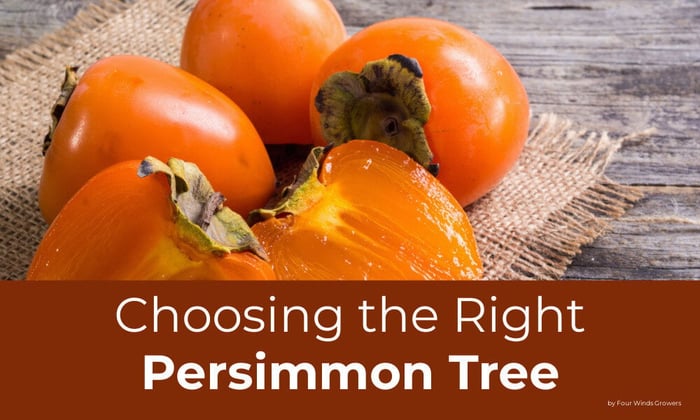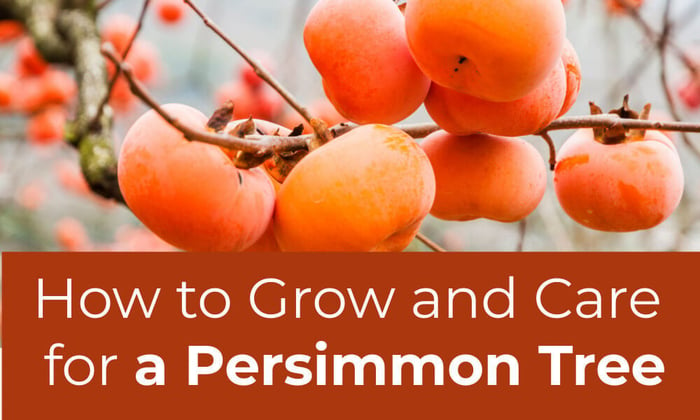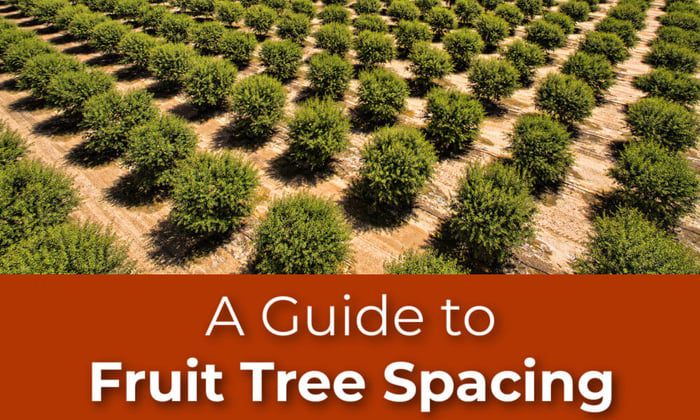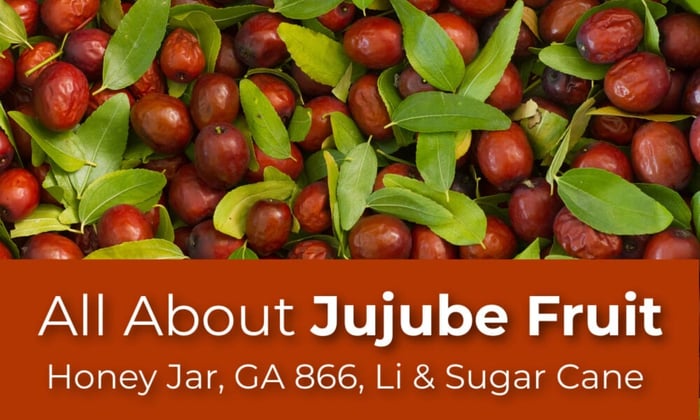Persimmons are a delicious, easy-to-grow winter fruit that is popular in both America and Asia. Choose the right persimmon tree for your yard by learning about the flavor, zone hardiness, and pollination requirements.
The persimmon tree has been enjoyed for hundreds of years. Native Americans valued persimmon trees for their flavor, nutritional value, and ability to hang on the tree through the winter. They often dried and stored persimmons, or used them to make tasty bread. The flavor of a ripe persimmon is sweet and date-like while unripe fruit is very astringent and has an unpleasant flavor. The fall fruit comes in a variety of shapes, sizes, and textures. Persimmons can be large and round or medium and flat in shape while texture varies from crunchy and apple-like to soft and tomato-like. Fruit off persimmon trees can be eaten fresh, dried, or in your favorite dessert recipes.
Choosing the right Persimmon Tree for your area is simple. Since the variety selection is not vast, we will go one by one with a short analysis to help you decide which variety is right for you.
-
Fuyu / Jiro Persimmon Tree: This the most popular variety on this list, and for good reason. Fuyu produces a medium-sized deep red-orange piece of fruit with a lighter pale-orange flesh. Fruit is sweet and non-astringent which is quite uncommon for persimmons. Fuyu Jiro is also self-fruitful! This persimmon is an easy grower and is not particularly picky about climate conditions so long as it is planted in well-draining soil on a plot that receives full sun. This tree will grow best in zones 7-10. The trees are sensitive to cold temps lower than 0° where they will begin to struggle and die back.
-
Chocolate Persimmon Tree: This North American Persimmon variety unusually non-astringent and is medium-sized and elongated in shape. The flesh is firm, dotted in chocolate-colored specks, and is sweet with hints of cocoa flavor. This unique variety is tied to the same zone constrictions as Fuyu which are 7-10 as they are not tolerant of sub-zero temperatures. Follow our planting instructions below to learn more about the planting environment. Chocolate Persimmon is also one of few American varieties that are self-fruitful.
-
Hachiya Persimmon Tree: Hachiya produces a large, deep orange-red fruit that is sweet when ripe. Hot summers are required to ripen fruit to full maturity and rid the fruit of its astringency. Though this variety can be grown anywhere from zone 7-10, for the best fruit quality, stick to warm climates(SoCal, Midwest, South, and Florida). Like Fuyu, Hachiya is also self-fruitful.
-
Coffee Cake Persimmon Tree: This is such a unique tasting piece of fruit and similar to chocolate persimmon, it's named after the flavor. This incredible piece of fruit is sweet, rich, and spicy. The brownish flesh is firm and non-astringent when ripe. Coffee Cake is still fall/winter ripening but ripens a good month before Fuyu. Another persimmon variety is required as a pollinator, the best one being Chocolate. The zone hardiness is the same as the rest of the Persimmons on this list 7-10. follow the directions below for planting and tree care instructions.
These incredibly hardy trees grow best in zones 7-10, tolerating temperatures down to 0° F. Varieties like, Fuyu/Jiro, Hachiya, and Chocolate are self-fruitful, whereas Coffee Cake requires a second variety nearby for pollination. During the cold fall and winter months, the trees put on a spectacular performance of autumn colors before losing all of their leaves and are left with just the fruit hanging off the tree.
Growing a persimmon tree is not particularly difficult. They require a sunny location, with well-draining soil. These trees are relatively easy to maintain and without feeding, the growth rate of a persimmon tree is about 12-24” per year. They can reach 30-50 feet with a 30-foot spread, so planning where to plant your tree is important. Also, be ready for lots of fruit!
To plant a persimmon tree, dig a deep hole at least as deep as the container or rootball as they have deep taproots. Be sure not to plant your tree below the graft line that way you retain the benefits of the rootstock. A regular watering schedule and seasonal pruning can set your tree up for success, and your should start seeing fruit around year 3. These hardy trees are not heavy feeders so no fertilizer is necessary unless you start to notice that your tree is struggling.
Protect your fruit trees from the hot summer sun, winter cold, pests, and rodents with Plant Guard tree paint and foliar spray.
Check out Growing Persimmons for more information!




